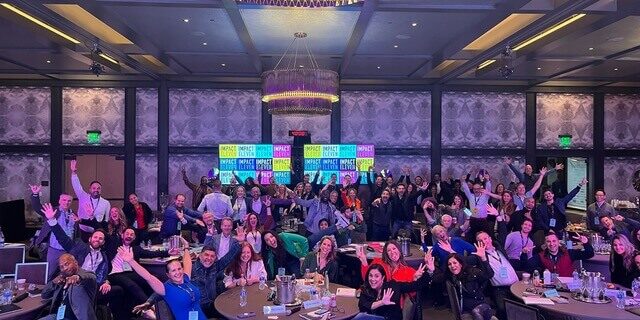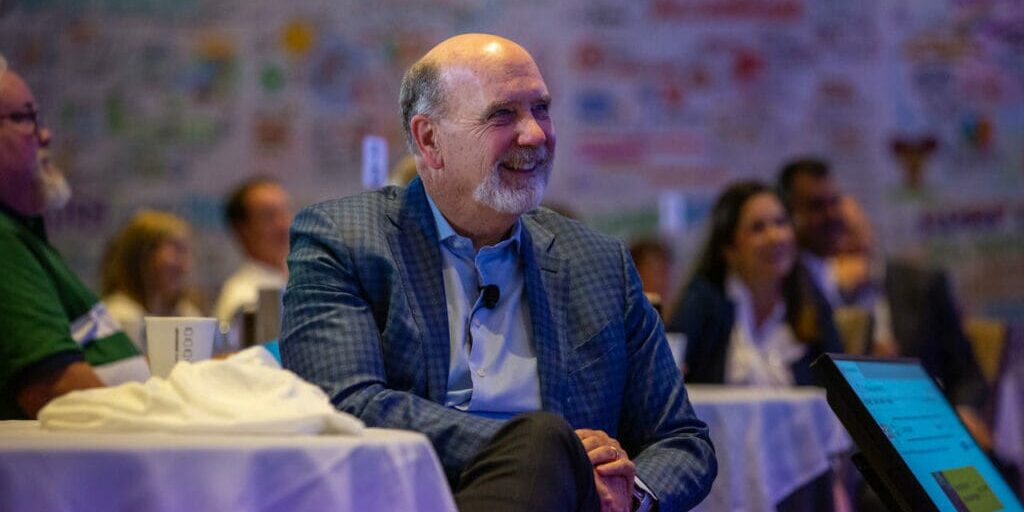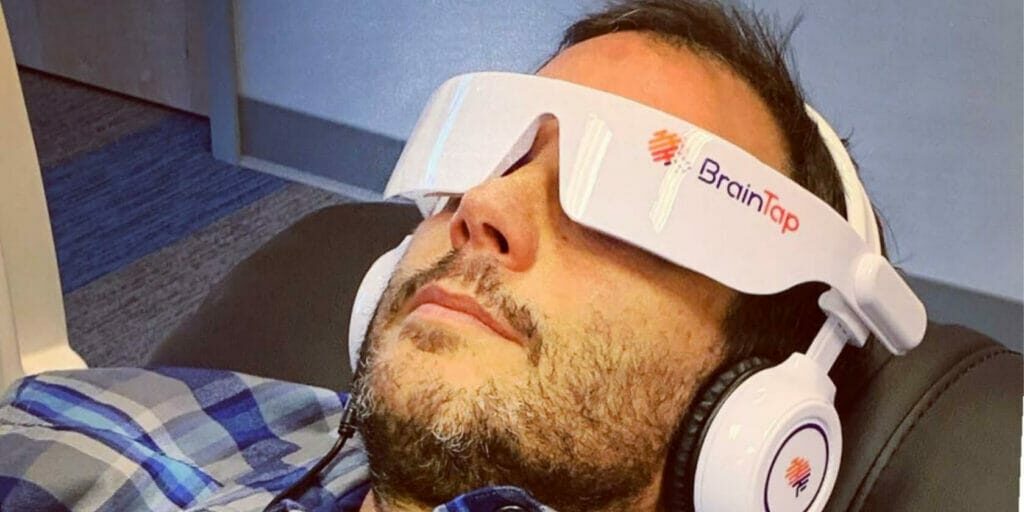I walked onto the stage last Saturday afternoon in Austin, Texas, and immediately realized something was wrong. As I advanced my slide deck, the presentation staring back at me was something entirely unexpected. I knew right away what had happened: the AV team loaded an earlier draft of the deck and my final version with updates and edits was nowhere to be found.
My move? Soldier on. Fortunately, I use images in lieu of text, which gives me the flexibility to deliver the most important ideas regardless of what is on the screen. I seriously doubt the audience knew I was working from the wrong presentation. And that’s the point: when something goes wrong, you have to be flexible enough to adjust, adapt and deliver a meaningful and memorable experience for the audience. No matter what.
Technology failures can test even the most experienced presenter. Of course, it goes without saying that you should back up your work. I even travel with two computers most of the time. But, what I’m talking about is the mid-presentation meltdown. Based on my experience as a presenter, here are the 4 best remedies for technology mishaps during a presentation:
Ignore the technology
I never mentioned the slide confusion last Saturday during or following the presentation. What would have been the point? I would have only set up the audience for a less than desirable experience. If you can deliver relevant ideas that resonate with the audience, then the presentation is a success. Whether technology is cooperating or not, your big objective needs to stay sharply in focus.
Make light of the situation and reboot
In the middle of a two-hour presentation to 20 executives at John Deere, we lost power. The laptop wasn’t plugged into a power source. I was mid-sentence when the screen faded to black, and as I paused, it was abundantly clear to everyone in the room what had just happened. I simply indicated that we were halfway through our presentation and wanted to pause for 10 minutes of Q&A prior to presenting the next portion of the pitch. The room actually laughed (acknowledging my tap dancing) and it worked. We did a brief Q&A and were up and running again in no time. We won that business!
Shift the focus
I once watched a great keynote speaker deliver his entire presentation sans media when technology presented an unexpected hiccup. He didn’t miss a beat. He brilliantly shifted the audience’s focus and attention back onto him and delivered what everyone wanted: entertaining insight and a few ideas that could be implemented immediately.
Don’t rely on technology in the first place
I love a presentation with great audio/visual/media. Technology and tools can add a lot to a presentation. But, tech-heavy presentations always carry the risk that something could go wrong. So, when preparing to present, always remember that when the pressure is on, you could end up armed only with your ideas (and none of the bells and whistles). The best presenters don’t rely too much on technology; they simply leverage tools to add something more to the overall experience.
Early in my career, we were giving a sales presentation to US Bank and had a massive technology meltdown. Literally. Something was melting and the machine started to smell an awful lot like smoke. We couldn’t get the equipment to work and in expert agency fashion, we cut the presentation short knowing full well that we just went down in flames (gear included). When you are about to set the room on fire, it’s usually time to leave.
These days, I always try to have a Plan B that keeps me from going down in flames.










